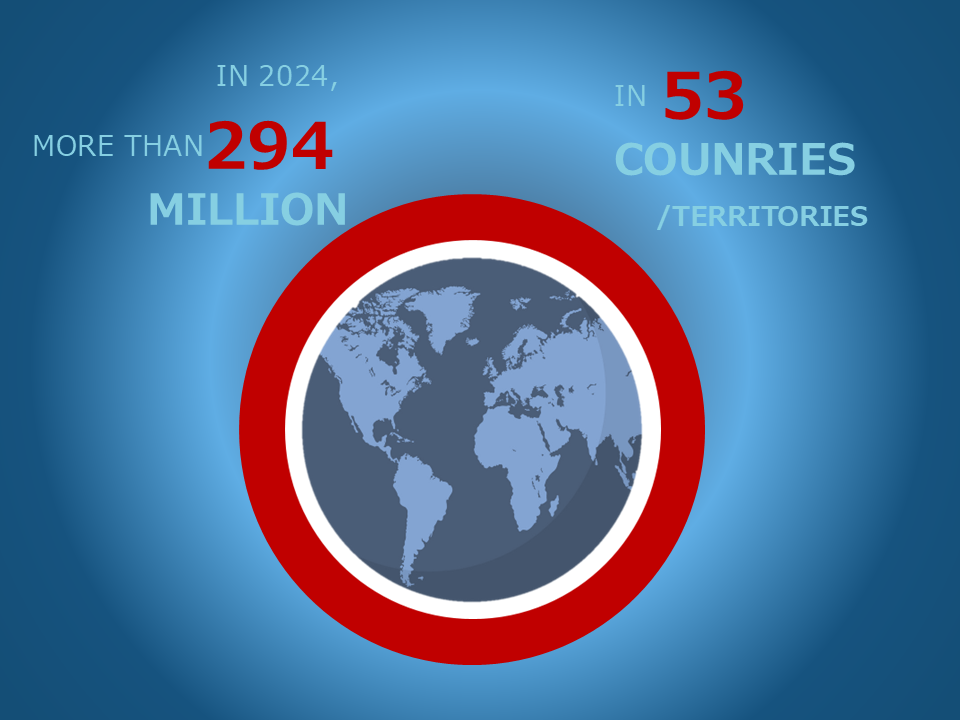Pick Up
1262. Global Food Crisis

1262. Global Food Crisis
According to the 2025 Global Report on Food Crises (GRFC), 53 of the 65 countries and regions covered by the World Food Crisis Report in 2024 faced severe food insecurity, with 295.3 million people, or 22.6% of the analyzed population, experiencing high levels of acute food insecurity. This is the sixth consecutive year of increases, with an increase of 13.7 million people in 2023 alone. Acute food insecurity has worsened in 19 countries, driven primarily by conflict/insecurity in Nigeria, Sudan, and Myanmar, outpacing improvements in food insecurity in 15 countries, including Afghanistan, Kenya, and Ukraine, due to improving economic and weather conditions and humanitarian assistance.
The report also notes that in early 2025, escalating conflict and insecurity, rising geopolitical tensions, global economic uncertainty, and significant funding cuts have exacerbated already severe food insecurity in some countries. Conflict and insecurity intensified in early 2025 in the Democratic Republic of the Congo, Haiti, and Sudan. In the Gaza Strip, access to food was severely restricted with the closure of all crossings in early March and the collapse of a two-month ceasefire. In Myanmar, attacks continue despite a ceasefire for earthquake relief efforts. In South Sudan, rising political instability and clashes are causing waves of population exodus.
In a global economy already struggling with slow growth, higher tariffs and a weaker US dollar could lead to higher global food prices, supply chain disruptions, and food access and supply. Currency fluctuations due to rising uncertainty could further strain growing debt service burdens, especially in low-income countries, and reduce food access in import-dependent countries.
Global warming trends are expected to continue, intensifying extreme weather events that could trigger or exacerbate conflicts over resources. Drought conditions are expected to worsen in parts of Ethiopia, Kenya, and Somalia, as well as parts of Asia, including Afghanistan and Pakistan, amid a forecast of below-average rainfall from May to July.
Since early 2025, funding cuts by major donors and a sudden cut in funding have led to interrupted operations in areas including Afghanistan, the Democratic Republic of the Congo, Ethiopia, Haiti, South Sudan, Sudan, and Yemen. Nutrition services for at least 14 million children are at risk of severe acute malnutrition and death. Funding for the humanitarian food sector is projected to decrease by up to 45%, threatening to exacerbate acute food insecurity. There are concerns that cuts in overseas development assistance will affect governments’ financial capacity to support vulnerable populations, especially in low-income countries, as well as data collection on the food security and nutritional status of vulnerable populations.
(Reference)
FSIN and GNAFC. 2025. GRFC 2025. Rome. https://www.fsinplatform.org/grfc2025
Contributor: Miyuki IIYAMA, Information Program
